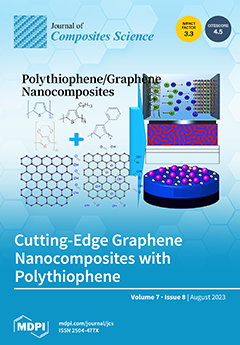Research on polymer nanocomposite nanofibers has seen remarkable growth over the past several years. One of the main driving forces for this progress is the increasing applicability of polymer nanocomposite nanofibers for technological applications. This review basically aims to present the current state of manufacturing polymer/graphene nanofiber nanocomposites, using appropriate techniques. Consequently, various conducting and thermoplastic polymers have been processed with graphene nano-reinforcement to fabricate the nanocomposite nanofibers. Moreover, numerous methods have been adopted for the fabrication of polymer/graphene nanocomposites and nanofibers including interfacial polymerization, phase separation, freeze drying, template synthesis, drawing techniques, etc. For the formation of polymer/graphene nanocomposite nanofibers, electrospinning can be preferable due to various advantages such as the need for simple equipment, control over morphology, and superior properties of the obtained material. The techniques such as solution processing, melt spinning, and spin coating have also been used to manufacture nanofibers. Here, the choice of manufacturing techniques and parameters affects the final nanofiber morphology, texture, and properties. The manufactured nanocomposite nanofibers have been examined for exceptional structural, microstructure, thermal, and other physical properties. Moreover, the properties of polymer/graphene nanofiber rely on the graphene content, dispersion, and matrix–nanofiller interactions. The potential of polymer/graphene nanocomposite nanofibers has been investigated for radiation shielding, supercapacitors, membranes, and the biomedical field. Hence, this review explains the literature-driven significance of incorporating graphene in polymeric nanofibers. Conclusively, most of the studies focused on the electrospinning technique to design polymer/graphene nanofibers. Future research in this field may lead to advanced innovations in the design and technical applications of nanocomposite nanofibers. To the best of our knowledge, research reports are available on this topic; however, the stated literature is not in a compiled and updated form. Therefore, field researchers may encounter challenges in achieving future advancements in the area of graphene-based nanocomposite nanofibers without first consulting the recent literature, such as an assembled review, to gain necessary insights, etc. Consequently, this state-of-the-art review explores the manufacturing, properties, and potential of polymer/graphene nanocomposite nanofibers.
Full article





